
|
The 13th International Conference on P2P, Parallel, Grid, Cloud and Internet Computing |
3PGCIC-2018October 27-29, Tunghai University, Taichung, Taiwan |
|---|---|
|
In conjunction with the BWCCA-2018 International Conference. |
|
Important Dates
Submission Deadline: July 31, 2018
Authors Notification: August 15, 2018
Author Registration: August 25, 2018
Final Manuscript: August 25, 2018
Conference Dates: October 27-29, 2018
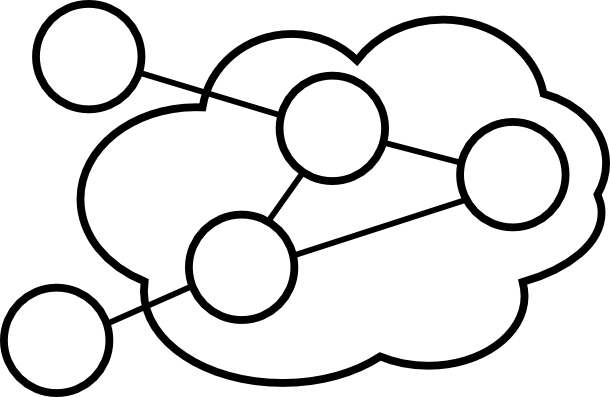 Presentation
Presentation
P2P, Grid, Cloud and Internet computing technologies have emerged as new paradigms for solving complex problems by enabling large-scale aggregation and sharing of computational, data and other geographically distributed computational resources. Rapid advances are being reported by many researchers and forums as regards understanding numerous issues in such paradigms, from theoretic to application aspects. The continuous development of Internet and the construction of new P2P and Grid and Cloud computing infrastructures are making possible the development of large scale applications from many fields of science and engineering.
Grid Computing originated as a distributed paradigm for scientific high performance computing (Distributed Supercomputing, High-Throughput Applications, Data-Intensive Applications, etc.), as an alternative to expensive supercomputers by virtually joining a large number of interconnected computers. Since late 80's, Grid computing domain has been extended to embrace different forms of computing. Such forms include, among others: Semantic and Service-oriented Grid -by analogy with Semantic Web, which information, computing resources and services are described using the semantic data model; Ubiquitous and Pervasive Grid -pervasive computing resulting from the combination of of mobile and wireless devices environment with the wired Grid infrastructure; Data Grid -the controlled sharing and management of large amounts of distributed data); eScience Grid (Grid computing for scientific applications from biology, medicine, finance, weather forecast, etc.); Enterprise Grid computing -grids deployed within enterprise data centers, usually managed by a single business entity with specific business goals); Autonomic Grid computing -Grid systems with self-* properties); Knowledge Grid -Grid-based environments that enable interoperation among users, applications, and resources to effectively manage knowledge resources used in Virtual Organizations, eLearning, Online Collaboration, etc.); Economy Grid -the development of economic or market-based resource management and contributory systems
P2P Computing appeared as the new paradigm after client-server and web-based computing. P2P systems became quite popular for file sharing among Internet users through Napster, Gnutella, FreeNet, BitTorrent and other similar systems. Differently from centralized or hierarchical models of Grid systems, in P2P systems, nodes (peers) have equivalent capabilities and responsibilities and can be both servers and clients. These systems are evolving beyond file sharing being thus the basis for the development of P2P large scale distributed applications. Moreover, P2P systems have inspired the emergence and development of social networking for enabling human interaction at large scale, which are having a tremendous impact on today's information societies. Since the appearance of the P2P systems, new forms of such paradigm has appeared, including B2B (Business to Business), B2C (Business to Consumer), B2G (Business to Government), B2E (Business to Employee), etc.
Cloud Computing has been defined as a "computing paradigm where the boundaries of computing will be determined by economic rationale rather than technical limits". Cloud computing is a multi-purpose paradigm that enables efficient management of data centers, timesharing, and virtualization of resources with a special emphasis on business model. As in the case of Grid and P2P computing, researchers have started to identify several forms of cloud models such as PaaS (Platform-as-a-Service), SaaS (Software as a Service), as well as hybrid clouds.
Internet Computing is the basis of all large scale distributed paradigms; it has very fast developed into a vast area of flourishing field with enormous impact on today's information societies. Internet technologies and applications are evolving and keep growing every day. Internet-based computing serves thus as a universal platform comprising a large variety of forms ranging from Web computing (Web portals, Web programming, etc.) to Internet of Things.
Grid, Peer-to-Peer, Cloud and Internet computing are recent paradigms and require the investigation of many challenging research and development issues. The aim of this conference is to present innovative research results, methods and development techniques from both theoretical and practical perspectives related to P2P, Grid, Cloud and Internet computing. The conference seeks original contributions in all relevant areas, including but not limited to the following topics (for a detailed list of topics, please track areas).
The aim of this conference is to present innovative research results, methods and development techniques from both theoretical and practical perspectives related to P2P, Grid, Cloud and Internet computing.
Organised by:
 |
Tunghai University |
Sponsored by:
 |
 |
Ministry of Education |
Minsitry of Sicence and Technology |
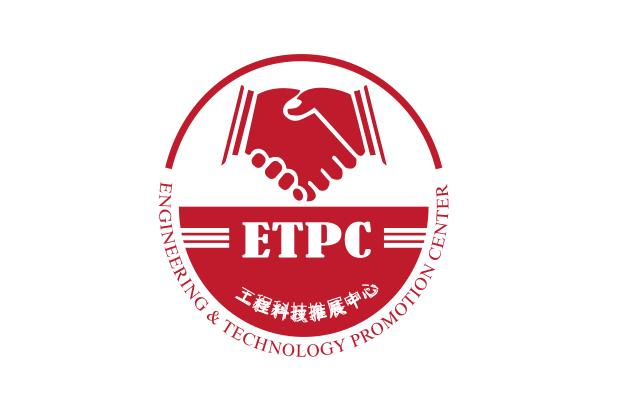 |
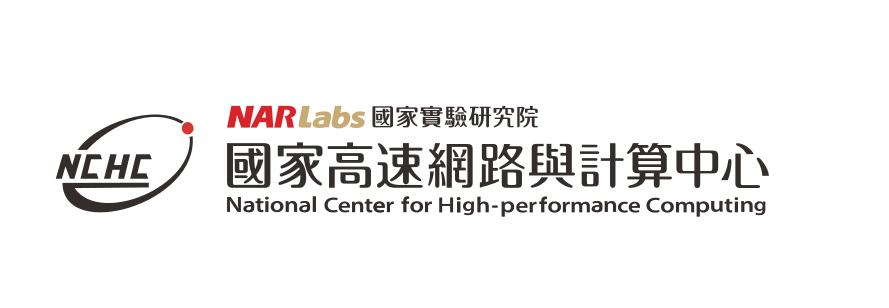 |
Engineering & Technology Promotion Center |
National Center for High-performance Computing |
Platinum:
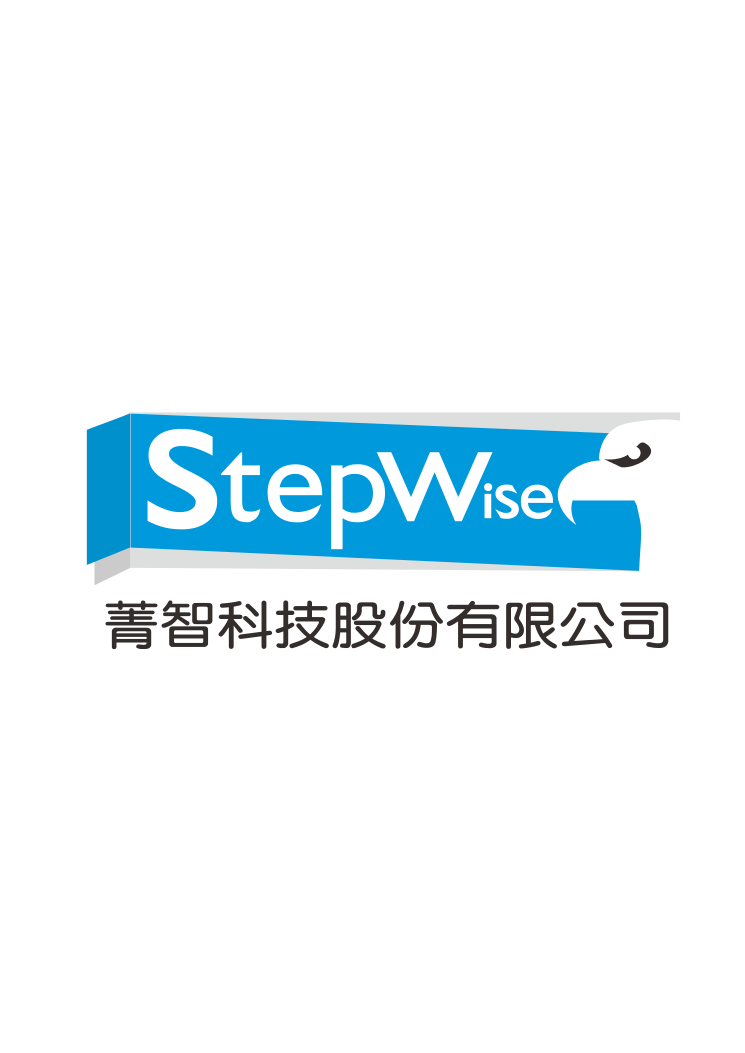 |
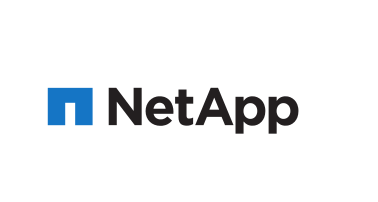 |
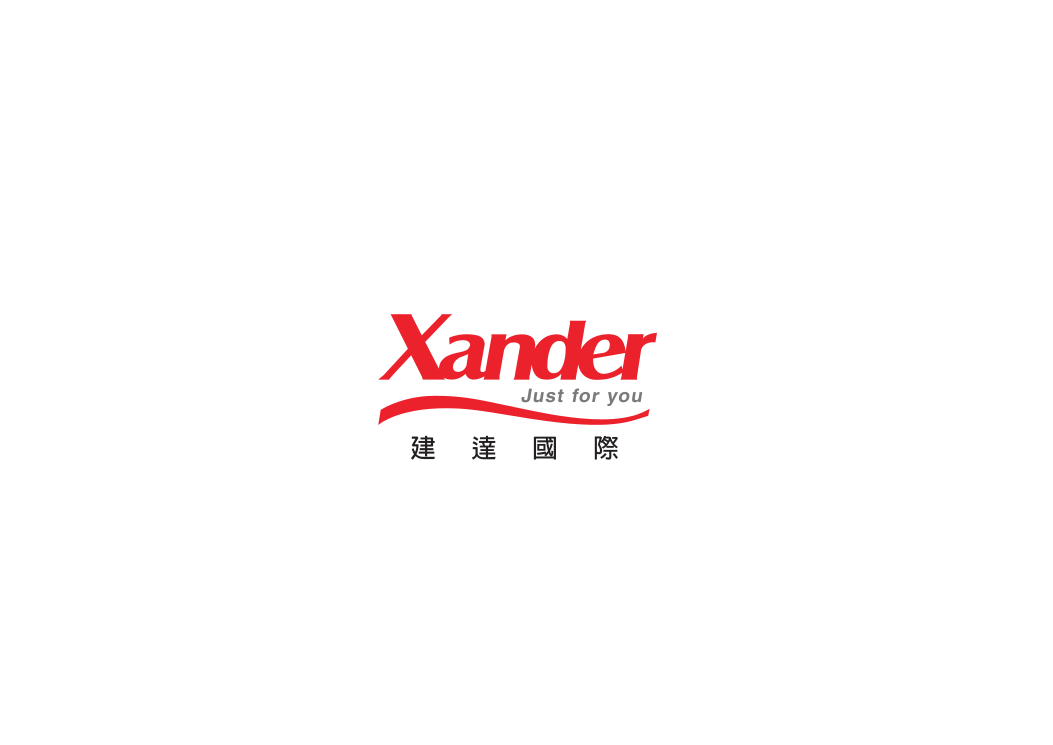 |
Stepwise Technology Co.,Ltd |
NETAPP |
Xander |
Gold:
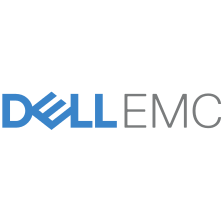 |
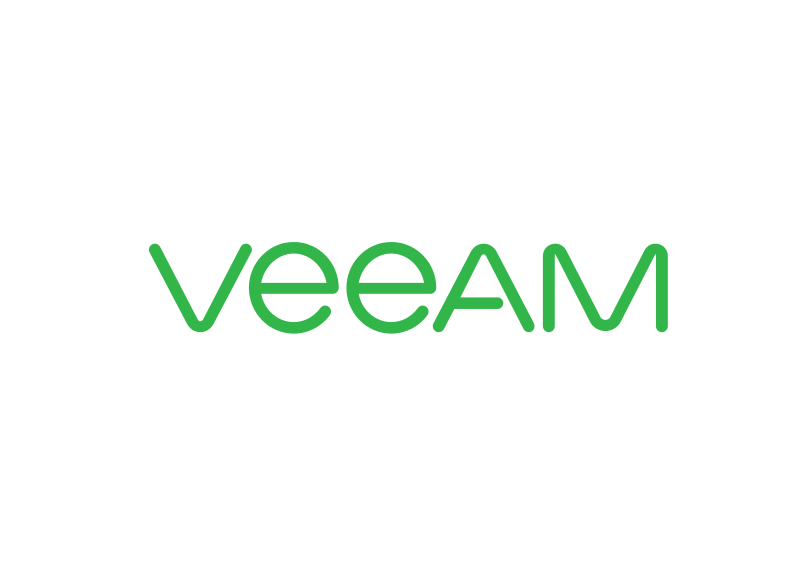 |
Dell EMC |
Veeam |
 |
 |
Netbridge Technology Inc. |
Tatung System Technologies Inc. |
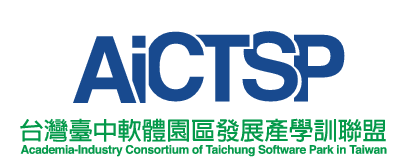 |
AICTSP |